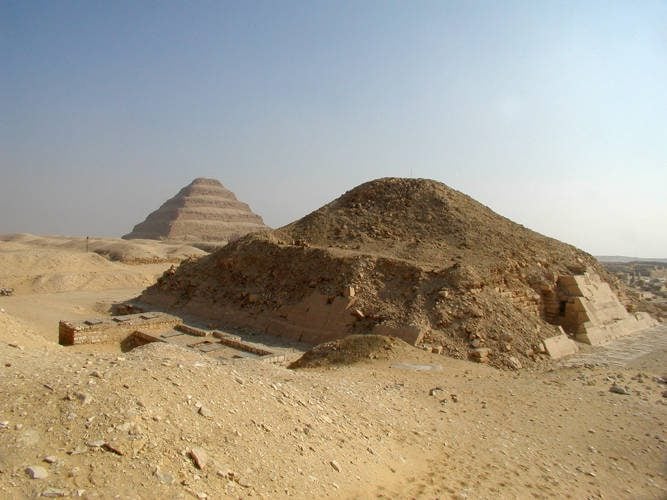
This section of The Manuscript begins with a reference to the segment of the Palestinian population living within the boundaries of the state of Israel or, at a minimum, under Israeli control:
From his rise to control of the PLO in 1969, and well through the 1970s, it was this latter faction that Yasir Arafat had to keep happy. The population of the West Bank and Gaza was relatively dormant politically and looked to those outside of Palestine for its leadership. The active, combatant Palestinians were those outside. They were the guerrillas. They were the ones actively struggling against Israel. It was their hopes and aspirations that Yasir Arafat had to express if he wanted to maintain himself as leader of the PLO. He could not possibly have survived, politically or even physically, if he had ignored the wishes of his power base and recognized Israel’s right to exist. True to his role as a kind of tribal shaykh, he had to embody the consensus of his people; leading them to a position that they would have recoiled from in horror was entirely too dangerous. Arafat had to be a spokesman for the consensus; he could not truly be a leader.
The trouble was, of course, that there is not the slightest chance that Israel will disappear. Thus, the position to which Arafat was irrevocably committed was an absolutely hopeless one. Furthermore, since the Zionists, too, claimed not just a part of Palestine but the whole of it, the PLO’s insistence on ruling all of the territory was completely unacceptable to Israel. Neither side was willing to recognize that the other had a legitimate claim to the region. The real problem is that each side has a case—each side has suffered. Neither side has a monopoly on grievances nor a monopoly on virtue. But this simple fact could not be admitted by either party to the dispute. Indeed, since each side saw itself as a victim— the Israelis the victims of Hitler, and now of unfathomable Arab hostility; the Palestinians the victims of yet another instance of Western imperialism, stealing their lands—each side felt justified, especially according to the tribal rules of the region, in whatever vengeance it saw fit to exact.
The newly militant and independent PLO was able to extract considerable amounts of money out of the Arab regimes (who perhaps felt guilty about their own failures but were certainly glad to let someone else fight the battles) and used that money and political support to carry on the struggle against Israel. One way Arafat was able to get money from the more prosperous Arab states was to argue that they either had to support him or they would have to face an explosion of Palestinian radicalism when he was no longer there to manage some of the wilder factions. (To an extent, then, the PLO still served to control the Palestinian movement in the interests of the Arab states.) The PLO leadership worked carefully to gain control of Palestinian refugee camps and used them to stage attacks against Israeli targets in the Middle East and throughout the world. In Jordan and in southern Lebanon, the PLO came very close to establishing sovereign states, beyond the control of the respective national governments. And when the raids they launched brought down upon them, and thus upon Jordanian and Lebanese territory, the violent wrath of the Israelis, it was inevitable that tensions would arise between the Palestinians and their ever more reluctant hosts.
Posted from Cairo, Egypt










